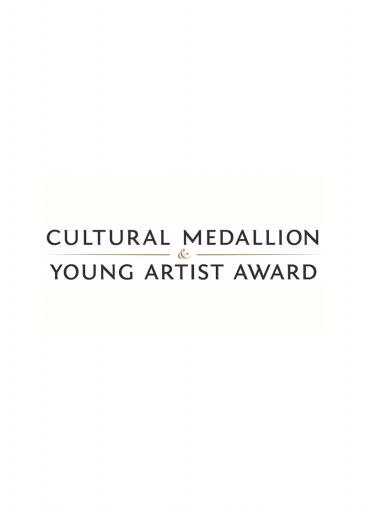One of the first principles of capitalism is, undeniably, instrumentalisation; the subjection of one thing to another with the speculative aim of producing some future ‘value’, regardless of how dubious – or even noxious this ‘value’ may be. In the knowledge economy, which produces value from accelerated innovation (also interpretable as the overproduction of the minimally different) value is extracted in two chief ways: via the misplaced rhetoric of excellence, and via netocratic quantification.
The being of human beings and, in particular, their wellbeing is profoundly spatial and temporal. We feel well in dramaturgically stimulating, sheltered, yet expansive spaces that lend themselves to daydreaming, much like we feel well in “thick” time that, like a complex melody, textures our existence aurally, kinesthetically, and propriocentrically (influencing our body’s sense of balance).
For Foucault, discipline was a subtle form of power that coerced the body in order to control its movements, attitudes, and moods. For McKenzie, it is oppressive-excessive performance that takes the place of overt disciplinarity in the twenty-first century.
Yvonne Spielmann diskutiert in ihrer Studie den Stellenwert indonesischer Kunst der Gegenwart, die seit den 1990er Jahren zunehmend an Kunstereignissen im asiatisch-pazifischen Raum und weltweit an Biennalen, Auktionen, Messen und internationalen Ausstellungen mit wachsendem Erfolg beteiligt ist. Diese Initiativen von Kuratoren, Galerien, alternativen Kunstprojekten und Sammlern verändern die weltweite Perspektive hin zu einem asiatisch konnotierten Umfeld und steigern den Marktwert.
During a time when the idea of Europe, and the EU in particular, is tainted with economic crisis and democratic decline, Aleksandar Brkić's analysis of the role of cultural networks in helping Europe serve people is both a wake-up call for European authorities which support cultural networks and a tool for cultural networks themselves to check that they are fulfilling their European and intercultural remit as well as they should.
Citation:
The Art of Sukumar Bose (1912-1986) undertakes an incisive look at the artist, his works and context of his art production in South and Southeast Asia. The first of its kind to document and give a critical overview of Bose who was curator of paintings at Rhastrapati Bhavan (President's Home) in India through British Raj to post-independent India, the book engages through essays by various eminent scholars to place his work within art history.
This book grew out of Yvonne Spielmann's 2005–2006 and 2009 visits to Japan, where she explored the technological and aesthetic origins of Japanese new-media art―which was known for pioneering interactive and virtual media applications in the 1990s.
Despite Manovich’s claim that there is ‘no space in cyberspace’ (Manovich, 2001), spatial metaphors and representations are omnipresent in digital technology. Blessed with unreliable machinery, unfocussed theoretical discourses and unprecedented opportunities, twentieth century media art struggled with a coherent concept of space for a post-industrialised, post-modern modernity.
The time period of the late twentieth and early twenty-first centuries has brought significant changes and tough challenges to post-war Yugoslav countries (i.e. Wachtel 1998; Dragićević Šešić and Dragojević 2006; Švob-Ðokić 2011; Brkić 2014). Forced and willing migrations, intensified ethnic distances, destroyed industries, and the combined consequences of globalisation, the economic crisis, and the process of European integration have changed not only the ingrained way(s) of life but also the appearance and perception of life in urban environments in former Yugoslav countries.
This book chapter studies arts higher education in postcolonial Singapore. Since the tail end of the twentieth century, Singapore has seen an astonishing investment, development, and growth in the cultural and creative industries aimed at creating a renaissance city-state. Singapore with a world-class transport, public housing, financial, and industrial systems also boasts a world-class educational system placing it at pole position above most developed economies in the Western world for its quality education and high literacy rate amongst its citizens.


